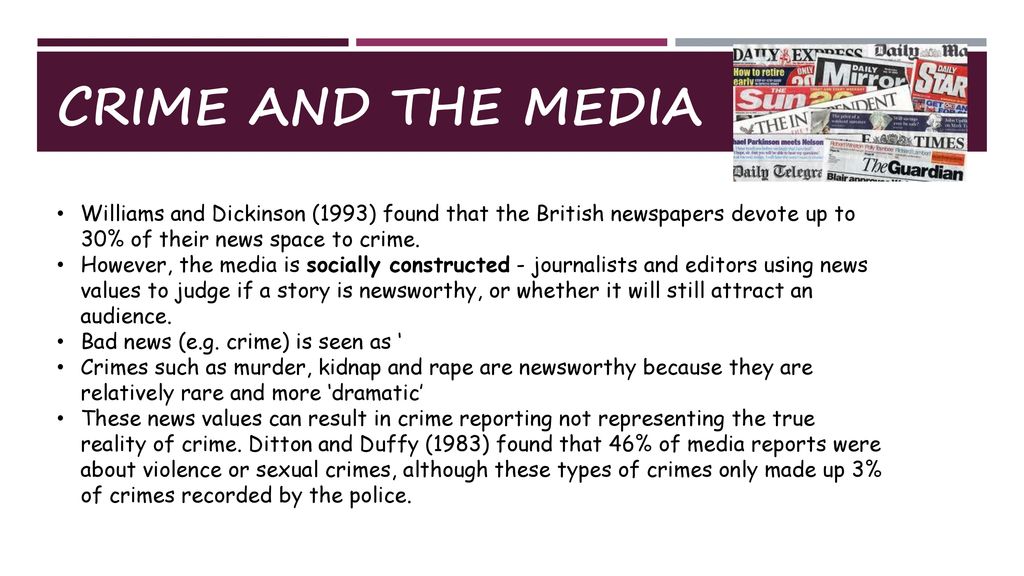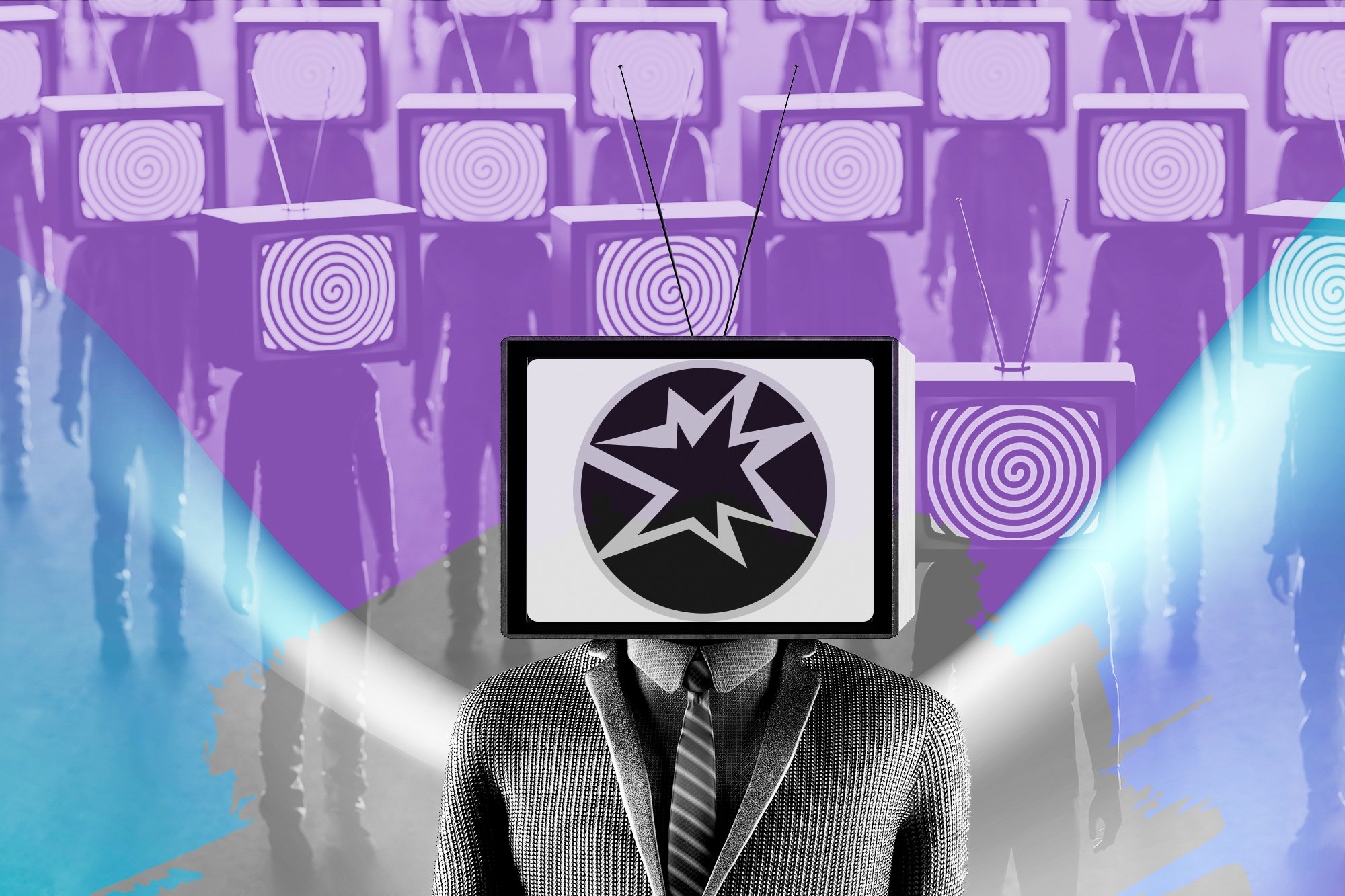Part 3: Original Research (200 Points) This Is The Step
The media has a significant influence on the public's perception of crime, as it selectively covers violent crimes that can propagate fear and anger among the population. This may also lead to bias and racial profiling by law enforcement when specific groups are consistently portrayed as criminals. However, the extent of media influence on crime is still debated, as it may also lead to copycat behavior among criminals. Despite the decreasing crime rate, the public's fear of crime continues to rise, partly due to distorted media coverage. Different types of media, such as tabloids, newspapers, and television, may present crime in a dramatic and sensationalized manner, focusing on interpersonal cases rather than non-violent crimes. The impact of media on crime is further explored in a study conducted in Portugal, highlighting the role of technology and information flow in shaping the public's fear of crime.
The media's presentation of crime can have a significant impact on society. It often focuses on sensationalized and dramatic portrayals of crime, particularly violent crimes, which can contribute to the public's fear and bias. This type of media coverage may lead to the propagation of crime myths, exaggeration, and misuse of statistics. Furthermore, it can perpetuate moral panics and stereotypes, such as the portrayal of violent youth, "monstrous women," or racial stereotypes.
In your research, it would be important to analyze how the selected media examples present crime and the types of information they include. This could entail assessing the portrayal of criminals, victims, and the circumstances surrounding each crime. Additionally, it would be valuable to scrutinize the language used, the framing of the stories, and the emphasis on specific types of crimes.
Creating a coding scheme to systematically analyze these aspects in the media examples is essential. The coding scheme should help translate the observed media content into numerical data, allowing for the creation of charts and visual representations of the findings. When analyzing the media examples, you should seek to identify specific features related to the creation or perpetuation of crime myths, as well as data related to moral panics and stereotypes, as outlined in the Kappeler and Potter reading.
Finally, in your paper, you will discuss your findings, emphasizing the impact of media presentations of crime on society. It's important to craft a critical evaluation of the media's influence on public perceptions and responses to crime. Utilizing the coding scheme and data collected, you will present your findings in the form of charts and tables, supporting your analysis and conclusions.
If you need further assistance with this topic or any other part of your research, please feel free to ask.
Sources


Related Questions
Work fast from anywhere
Stay up to date and move work forward with BrutusAI on macOS/iOS/web & android. Download the app today.
